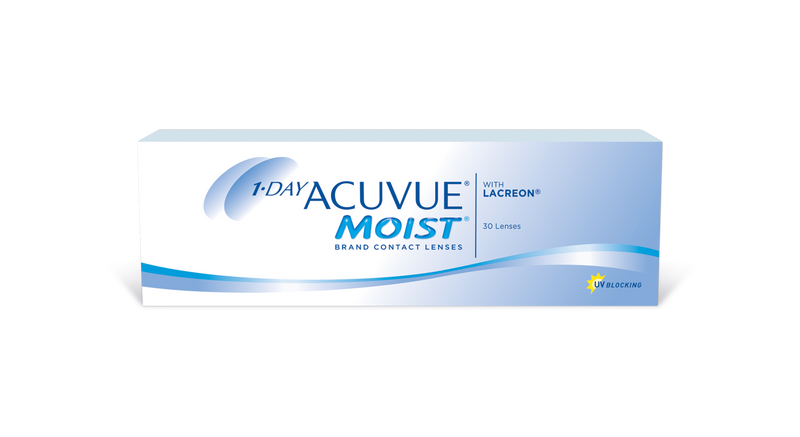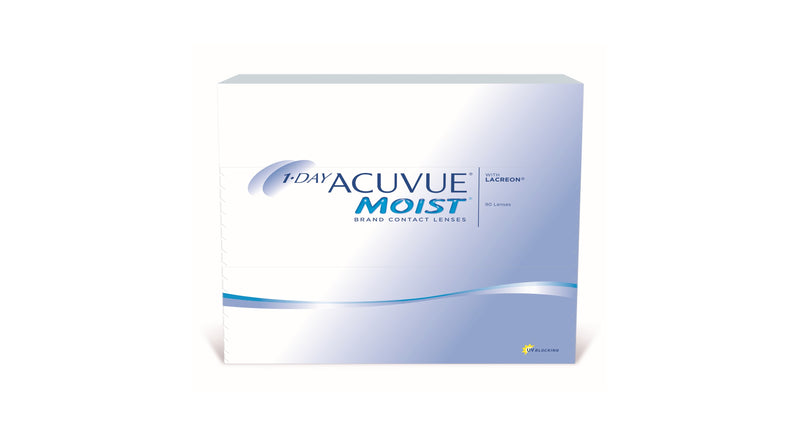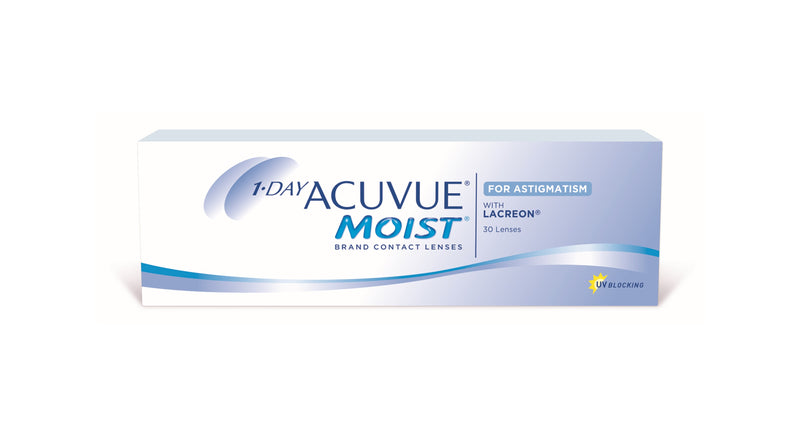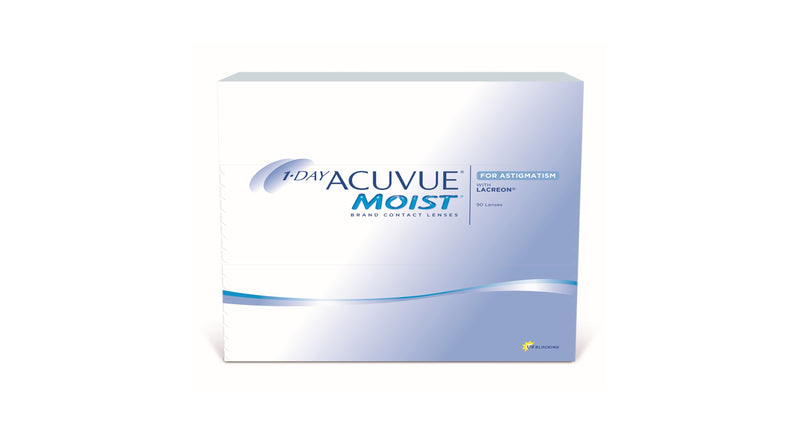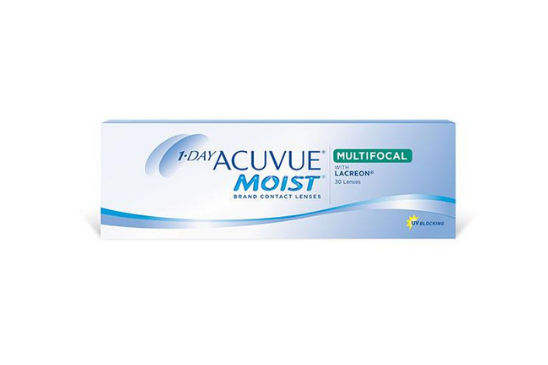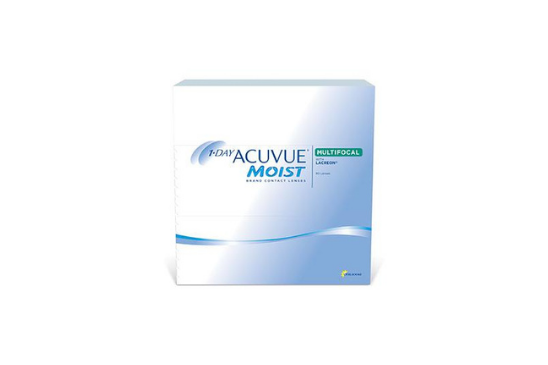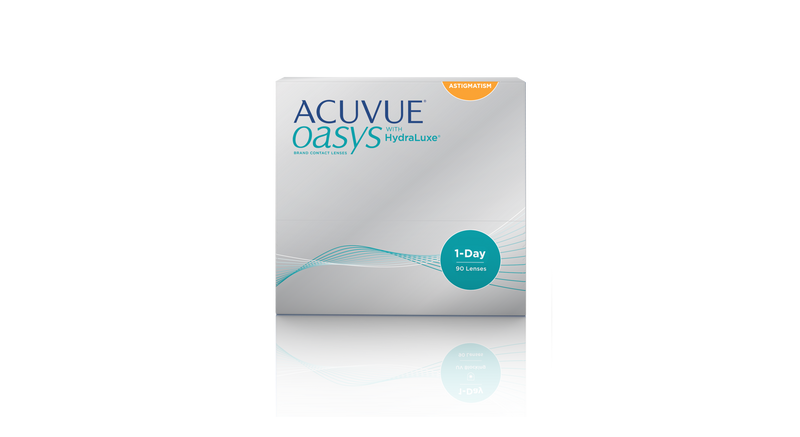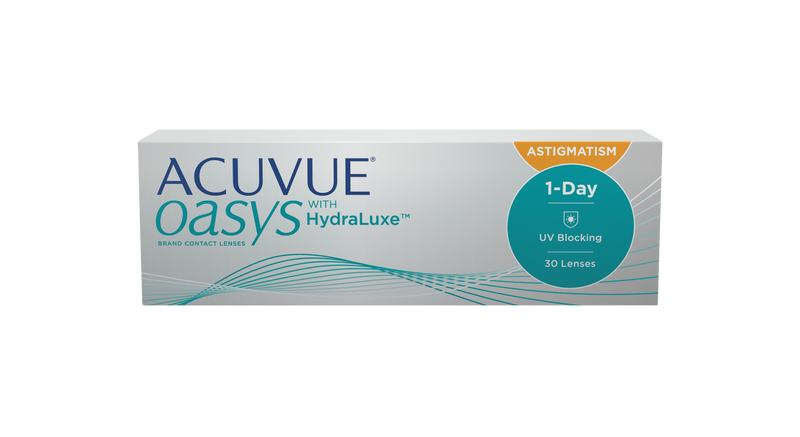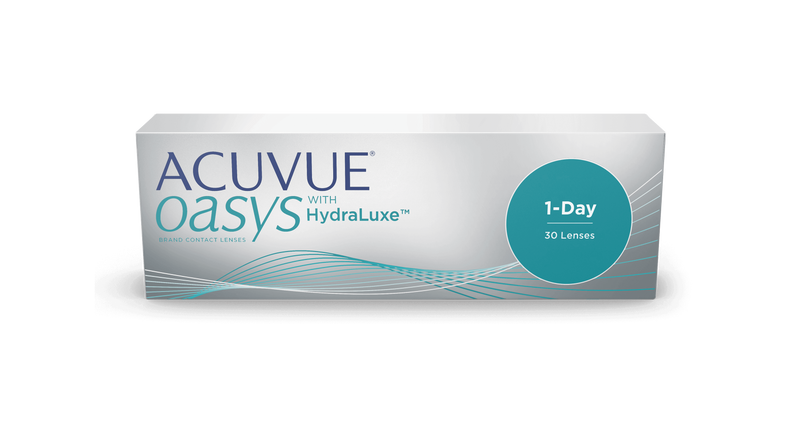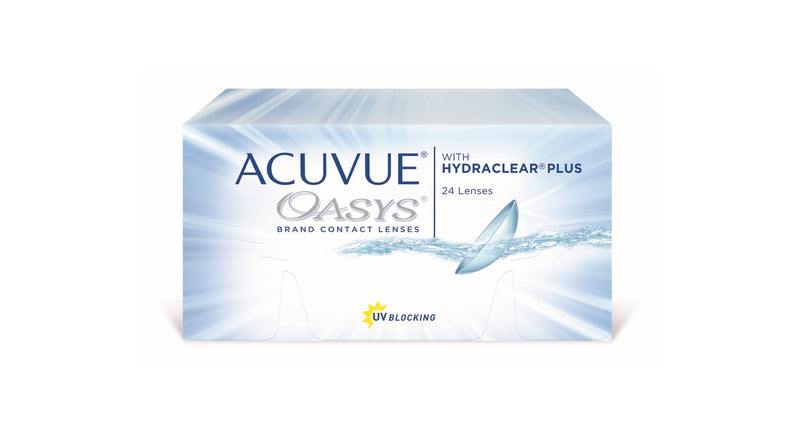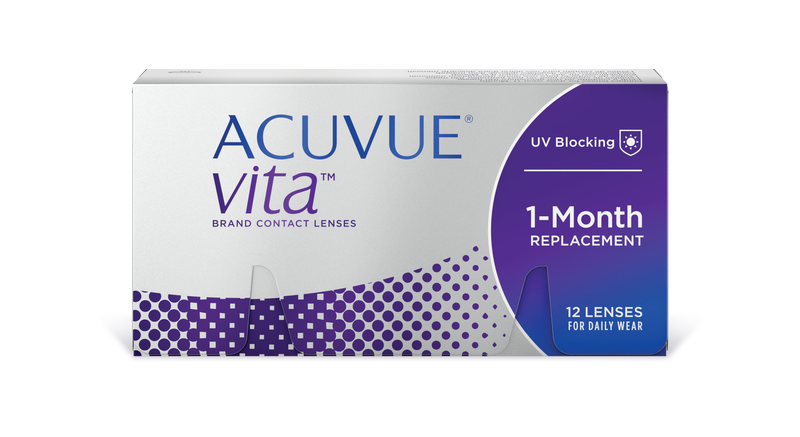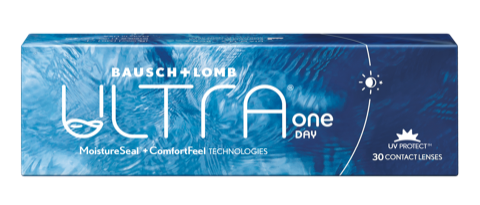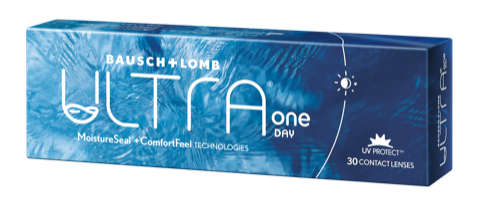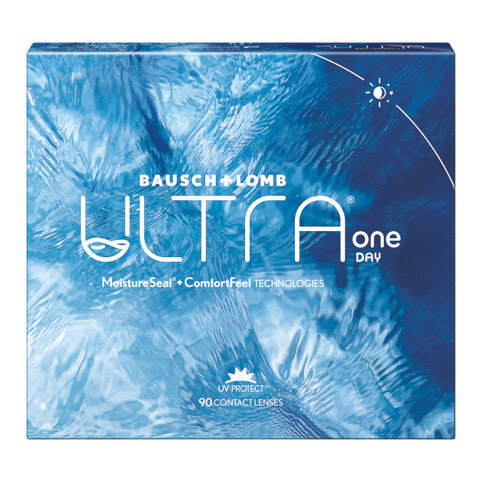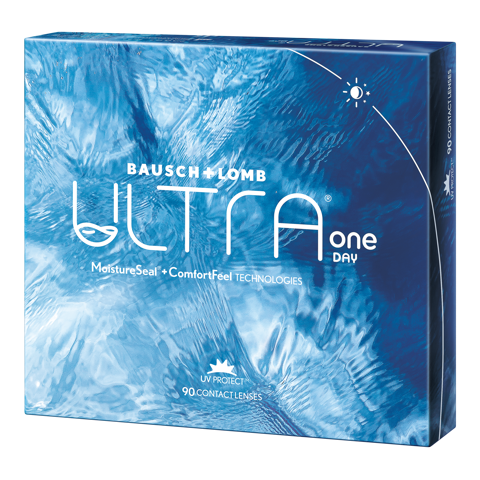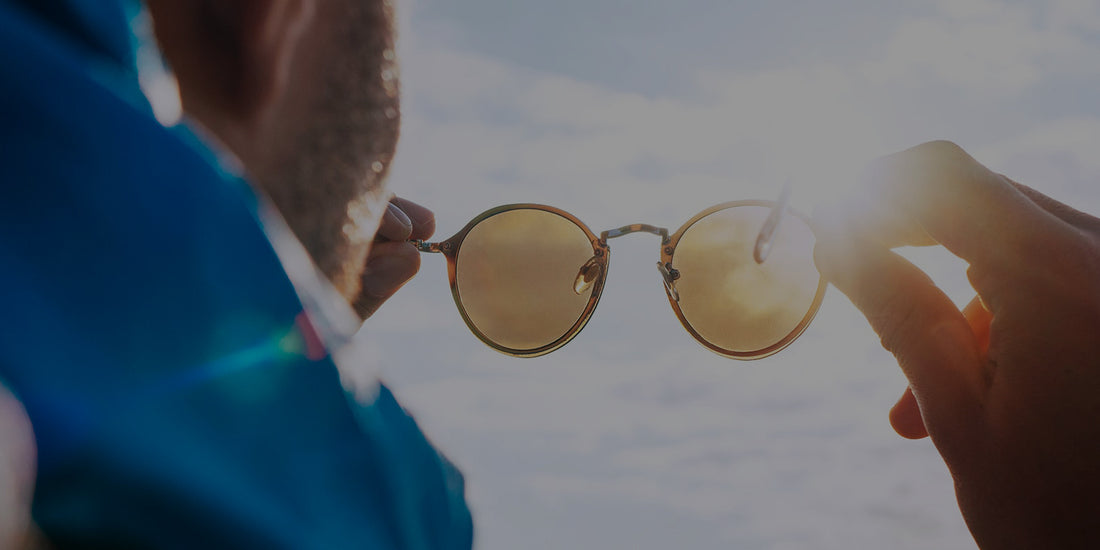
Understanding UV Eye Protection
Share
Welcome to Look Optometry's blog! We're passionate about empowering our community with essential eye care knowledge and the newest technologies and research. Today, we're focusing on a crucial aspect of eye health that often goes overlooked - UV eye protection. Many of us are familiar with the importance of sunscreen for our skin, but did you know that your eyes also need defense against harmful UV rays? Neglecting this can lead to serious eye conditions, some of which are preventable with the right protection.
In this post, we're going to guide you through the what, why, and how of UV eye protection, offering practical advice to keep your eyes healthy and safe, no matter the season or your lifestyle.
Join us as we uncover the essentials of safeguarding your vision against the invisible threat of UV radiation.
What is UV Radiation?

UV radiation, an invisible component of sunlight, is something we often hear about in weather reports or health advisories. But what exactly is it, and why is it important for our eyes?
There are two main types of UV rays that reach the earth - UVA and UVB. UVA rays, while less intense, are more prevalent and can penetrate deep into the eye, potentially causing damage to the retina. UVB rays, though partially absorbed by the ozone layer, are more energetic and can cause damage to the eye's front parts, including the cornea and lens.
Prolonged exposure to these rays without proper protection can lead to various eye problems. These include cataracts, a clouding of the eye's lens that can lead to blurred vision; macular degeneration, a leading cause of vision loss; and photokeratitis, a painful eye condition often likened to sunburn of the eye.
Interestingly, the risks aren't limited to bright, sunny days. UV rays can penetrate clouds and even reflect off surfaces like water, snow, and pavement, leading to increased exposure without us even realizing it.
In the next section, we'll explore the risks associated with UV exposure in more detail, emphasizing why it's crucial to protect our eyes all year round, not just during the summer months.

The Hidden Dangers: Risks of UV Exposure to Your Eyes
While soaking up the sun can feel wonderful, it's crucial to understand the less sunny side of UV exposure, especially when it comes to your eyes. Prolonged and unprotected exposure to UV rays can lead to several eye health issues, some of which may not show symptoms until it's quite late.
Cataracts:
A common yet serious condition where the lens of your eye becomes clouded, leading to blurred vision. Studies suggest that UV exposure significantly increases the risk of developing cataracts.
Macular Degeneration:
Linked to UV exposure, this condition affects the macula (part of the retina) and can lead to vision loss, particularly in older adults.
Photokeratitis:
Also known as 'snow blindness,' this painful condition is akin to a sunburn, but on the cornea of your eye. It's temporary but can be excruciating and disorienting.
Pterygium:
Excessive UV exposure can lead to the growth of a pink, fleshy tissue on the white of the eye, potentially affecting vision.
Skin Cancer Around the Eyelids:
The delicate skin around your eyes is also vulnerable to UV rays, increasing the risk of skin cancer in this area.
It's not just about discomfort or temporary issues; these conditions can have long-lasting impacts on your vision and overall eye health. This is why at Look Optometry, we stress the importance of UV eye protection as part of your daily routine, not just a summer precaution.
In our next section, we'll guide you through the various types of UV eye protection available, helping you make informed choices for your eye health.

Shielding Your Sight: Exploring UV Eye Protection Options
Protecting your eyes from UV rays is simpler than you might think, and there are several effective options to consider:
Sunglasses:
The most obvious choice, but not all sunglasses are created equal. Look for ones that block 100% of both UVA and UVB rays. Larger frames and wraparound styles offer more comprehensive coverage. At our Guildford location, we have a special lensometer that can measure the amount of coverage your glasses and sunglasses have.
Hats and Visors:
These can be used in conjunction with sunglasses. A wide-brimmed hat can block UV rays that might get around your sunglasses.
UV-blocking Contact Lenses:
An often-overlooked option, these lenses provide an extra layer of UV protection. While they don't substitute for sunglasses, they can significantly reduce UV exposure.
Remember, it's not just about style – it's about health. In our next section, we'll dive into how to choose the right sunglasses, ensuring you're stylishly and safely equipped to enjoy the sun without compromising your eye health. Stay tuned for tips on selecting the perfect pair for you.

Perfect Pair: Choosing the Right Sunglasses for UV Protection
When it comes to selecting sunglasses for UV protection, there's more to consider than just fashion.
Here's how you can ensure your choice effectively shields your eyes:
UV Protection is Key:
Always choose sunglasses that offer 100% UVA and UVB protection. This is non-negotiable for proper eye safety.
Lens Material Matters:
Polycarbonate lenses are durable and provide excellent UV protection. Other materials might require additional coatings for similar protection.
Tint and Color:
The color and darkness of the lens don't necessarily correlate with UV protection. However, certain tints can enhance contrast, which is helpful for sports and driving.
Fit and Coverage:
Sunglasses with a close fit or wraparound design offer the best protection as they limit how much stray sunlight reaches your eyes from the sides.
Polarization:
While not a UV filter in itself, polarization reduces glare from reflective surfaces, making it a good feature for driving or water sports.
Remember, the best sunglasses are those that you'll wear consistently, so comfort and personal style are also important considerations.
In our next section, we'll look at some special considerations for different groups, ensuring everyone's eyes are protected.

Tailored Eye Protection: Special Considerations for All
When it comes to UV eye protection, one size does not fit all.
Different lifestyles and age groups have unique needs:
Children:
Kids' eyes are more sensitive to UV rays, due to the time kids spend outdoors and the larger pupil sizes of children compared to adults. Opt for durable, impact-resistant lenses and flexible frames.
Outdoor Enthusiasts:
For those who spend a lot of time outdoors, sunglasses with high UV protection and robust construction are crucial. Consider additional features like a strap for secure wear.
Screen Users:
If you're frequently using digital devices, consider glasses with anti-reflective coating and blue light filtering to reduce digital strain.
Drivers:
Polarized sunglasses are ideal for reducing glare on the road, enhancing safety and comfort while driving.
Elderly Individuals:
As eyes age, they require more light and better protection. Look for lenses that offer high UV protection without overly darkening the visual field.
Each group requires a thoughtful approach to ensure optimal eye protection.
In the next section, we'll debunk common myths and present factual insights about UV eye protection.

Busting Myths: The Truth About UV Eye Protection
In the world of eye care, myths can often overshadow the facts.
Let's clear the air and set the record straight:
Myth: Darker Lenses Offer Better UV Protection
- Fact: The darkness of the lens does not equate to its UV protection level. Always check the UV rating, not the color.
Myth: You Don't Need Sunglasses on Cloudy Days
- Fact: UV rays can penetrate clouds. Sunglasses are essential even on overcast days.
Myth: Expensive Sunglasses Guarantee Better Protection
- Fact: Price doesn’t always reflect UV protection quality. Look for the 100% UV protection label, regardless of cost.
Myth: Children Don't Need Sunglasses as Much as Adults
- Fact: Children’s eyes are more vulnerable to UV damage due to the larger pupil sizes. It’s crucial they wear proper eye protection. Some studies have shown that as much as 80% of UV damage to our eyes is done before the age of 18.
Myth: UV Protection is Only Needed in Summer
- Fact: UV rays are present year-round. Protecting your eyes is a four-season commitment. During the snowy months, you can have double the intensity of UV light, as the light is reflected of the snow.
Armed with these truths, you're better equipped to make informed decisions about UV eye protection.
In our next section, we will discuss maintaining overall eye health, tying in UV protection as part of a holistic approach to eye care.

Holistic Approach: Beyond UV Protection for Eye Health
While shielding your eyes from UV rays is crucial, it's just one aspect of maintaining overall eye health.
Here are some additional steps to ensure your eyes stay healthy:
Regular Eye Exams:
Visit your optometrist regularly for comprehensive eye exams. These can detect early signs of UV damage and other eye conditions.
Balanced Diet:
Nutrients like lutein, zeaxanthin, and vitamins C and E can help protect your eyes. Incorporate a variety of fruits, vegetables, and fish into your diet.
Adequate Rest:
Give your eyes enough rest, especially if you spend long hours in front of screens.
Eye Safety Gear:
Use appropriate protective eyewear for sports or hazardous work environments.
Quit Smoking:
Smoking increases the risk of eye diseases, including those related to UV exposure.
By combining these practices with consistent UV protection, you're taking a comprehensive approach to eye care.
Next up, we'll wrap up our discussion and remind you of the importance of taking proactive steps in eye health.
Stay with us for our conclusion and some parting thoughts from Look Optometry.
Safeguarding Your Vision: A Final Word from Look Optometry
As we conclude our exploration into UV eye protection, let's remember that safeguarding our vision is an ongoing journey. Incorporating UV protective measures into our daily routine is a simple yet powerful step towards preserving our eye health.
We hope this guide has illuminated the importance of UV protection and inspired you to take proactive steps. Remember, protecting your eyes from UV rays is as important on snowy winter days as it is on sunny summer afternoons. By choosing the right protective gear and maintaining overall eye health, you're investing in a lifetime of clear and healthy vision.
At Look Optometry, we're committed to being your partner in this journey. If you have any questions or need personalized advice, our doors in Surrey, BC are always open. We have 2 convenient locations in Newton and Guildford.
Together, let's ensure that the beauty of the world remains in clear view, today and every day.
